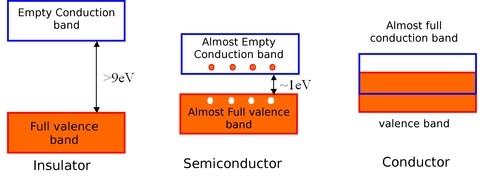- Introduction
- Diode
- Bipolar Junction Transistor
- BJT Construction
- BJT Working
- BJT Configuration
- Mode of Operation
- DC Analysis of BJT
- Transistor as an Amplifier
- Transistor Biasing
- BJT Construction
- BJT Working
- BJT Configuration
- Mode of Operation
- DC Analysis of BJT
- Transistor as an Amplifier
- Transistor Biasing
- BJT Construction
- BJT Working
- BJT Configuration
- Mode of Operation
- DC Analysis of BJT
- Transistor as an Amplifier
- Transistor Biasing
- BJT Construction
- BJT Working
- BJT Configuration
- Mode of Operation
- DC Analysis of BJT
- Transistor as an Amplifier
- Transistor Biasing
- BJT Construction
- BJT Working
- BJT Configuration
- Mode of Operation
- DC Analysis of BJT
- Transistor as an Amplifier
- Transistor Biasing
- BJT Construction
- BJT Working
- BJT Configuration
- Mode of Operation
- DC Analysis of BJT
- Transistor as an Amplifier
- Transistor Biasing
- BJT Construction
- BJT Working
- BJT Configuration
- Mode of Operation
- DC Analysis of BJT
- Transistor as an Amplifier
- Transistor Biasing
- Field Effect Transistor
- Junction Field Effect Transistor
- Working of JFET
- V-I Characteristics of JFET
- Mode of Operation of JFET
- MOSFET
- Types of MOSFET
- Junction Field Effect Transistor
- Working of JFET
- V-I Characteristics of JFET
- Mode of Operation of JFET
- MOSFET
- Types of MOSFET
- Junction Field Effect Transistor
- Working of JFET
- V-I Characteristics of JFET
- Mode of Operation of JFET
- MOSFET
- Types of MOSFET
- Junction Field Effect Transistor
- Working of JFET
- V-I Characteristics of JFET
- Mode of Operation of JFET
- MOSFET
- Types of MOSFET
- Junction Field Effect Transistor
- Working of JFET
- V-I Characteristics of JFET
- Mode of Operation of JFET
- MOSFET
- Types of MOSFET
- Junction Field Effect Transistor
- Working of JFET
- V-I Characteristics of JFET
- Mode of Operation of JFET
- MOSFET
- Types of MOSFET
- Operational Amplifier
Conductors

From the above diagram,
we can summarize that Conductors are materials that have low values of resistivity, in range of the micro-ohms per meter. Because of this low value allows them to easily pass an electrical current as they have plenty of free electrons floating in their basic atom structure.
When a positive voltage potential is applied to the material these “free electrons” leave their parent atom and travel together through the material forming an electron drift, more commonly known as a current. Then the amount of electrons that flow depends on the amount of resistivity the conductor has.
Examples of good conductors are generally metals such as Copper, Aluminum, Most of the metals are good conductors of electricity, as they have very small resistance values, like micro-ohms per meter, (μΩ.m).



